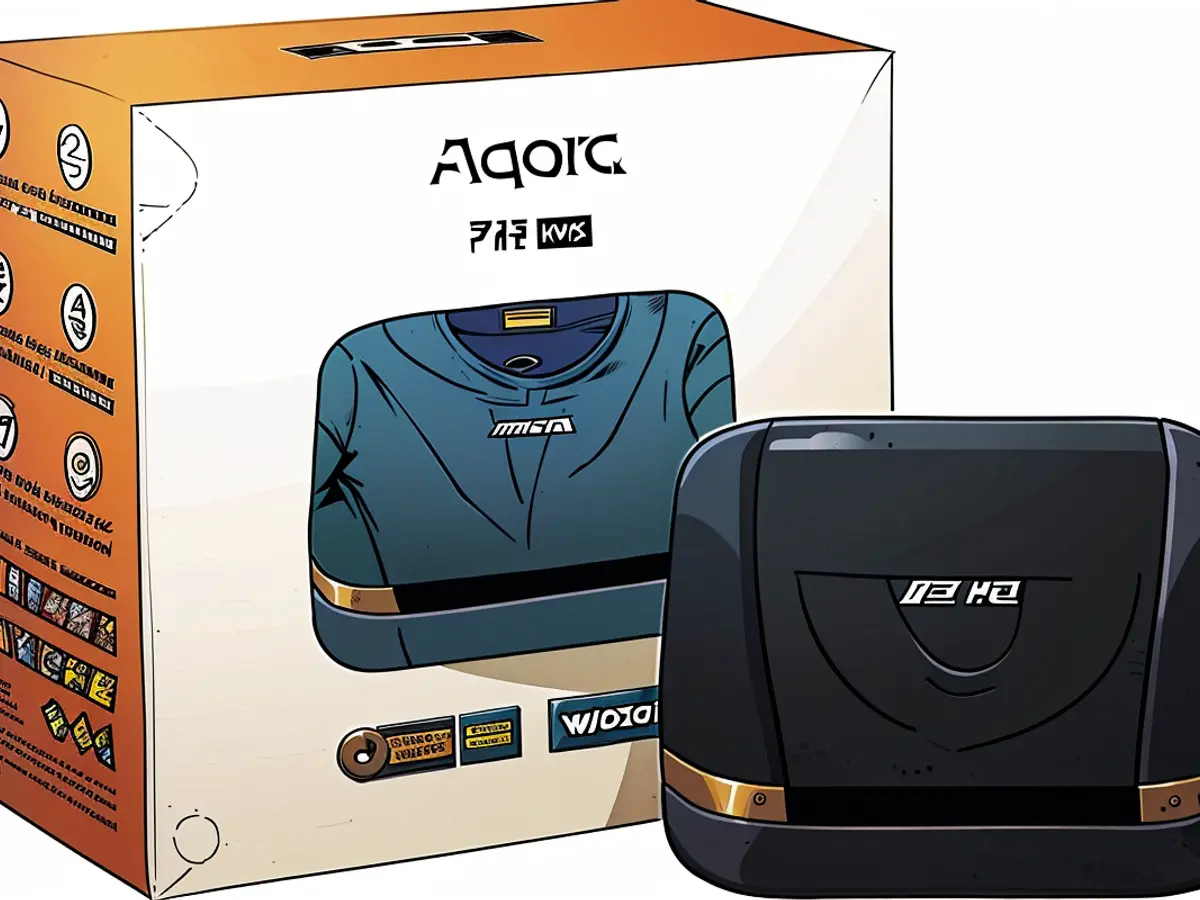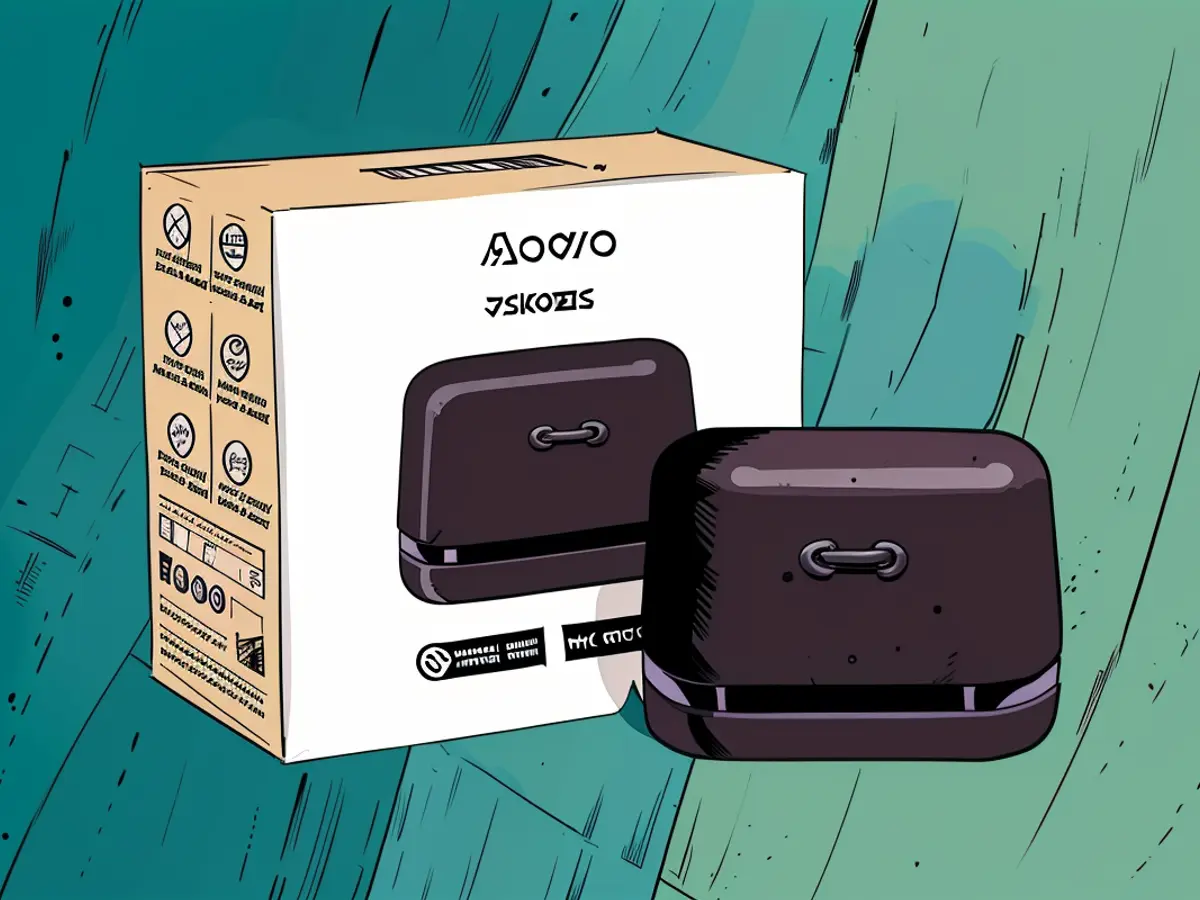Aqara's M3 Hub Consolidates All Smart Home Protocols into One System
I've been using the Aqara M3 Hub for a couple of months now, mainly because it's needed for the new Aqara ceiling light I reviewed last month. Aqara wants the M3 to be part of a new category of brand-specific hubs that can function as the only hub in your home and appear on your smartphone. This is a tall order considering the fierce competition from established hubs like Google, Alexa, SmartThings, and Apple HomeKit. What's holding Aqara back is its limited range of integrations, which don't live up to this goal just yet. You can connect almost anything to Google or Alexa either through their apps or using third-party services like IFTTT and Zapier.
For now, the M3 is focused on supporting Aqara devices and Matter-enabled gadgets. As more devices start to ship with Matter, this reliance on it might not be ideal. It's probably not necessary whether I recommend the M3 or not; it's a must-have for some Aqara products. However, I'd advise delaying efforts to make it your go-to multi-hub.
The M3 Supports All Important Wireless Protocols
The M3 is trying to be everything to everyone by incorporating all wireless protocols: Wi-Fi, Bluetooth, Zigbee, Matter, Thread (as a border router), Infrared, and Power over Ethernet. It's a powerful lineup but lacks the Z-wave standard, which is on par with Zigbee. The hub is powered through USB-C or PoE, making it more flexible than most hubs that use USB power. The hub is a simple five-by-five square puck that can be wall-mounted or stashed alongside your other hubs. Personally, I like when hubs have added functions that make you want to keep them out rather than concealing them. Brands like SwitchBot and Aqara have found ways to do this, but the G3 ($109.99) and Hub 2 ($69.99) seem more appealing with their added capabilities.
One of the M3's standout features is its built-in IR transceiver. This supports smart thermal systems, air conditioners, and more. The app includes a setup process for this feature, and it can be controlled via the app, making it possible to include these devices in automations.
The M3 Offers Device Interconnectivity
The M3 lets you link devices to common ecosystems like Google Home, Alexa, Apple HomeKit, and more. However, you can only link four additional ecosystems, which shouldn't be a limitation. It doesn't expose devices controlled via IR, just Matter-controlled devices. This allows you to control these devices through Google Home or Alexa. For example, if you pair a sensor via Matter to the M3 hub, you can then link the M3 to Google Home and access the sensor from within Google Home. The issue is, if you experience issues like devices going offline, you'll have to fix the problem through the native app, adding additional steps to the process. Additionally, not all Matter devices are supported by all platforms, and they may not provide the same functionality as the native app. This could lead to problems when you need to access nuanced details about your devices.

The M3 Supports Hub Clustering
The M3 can be linked to other compatible hubs via Zigbee or Matter. If you have various hubs around your home, including Brilliant wall hubs, SmartThings, and SwitchBot, you can cluster them together using the Aqara app. This allows for easier control of your smart home devices.
If this idea is new to you, it was to me as well. This new M3 hub serves as a unifier, connecting your previous Aqara products into a single network and taking over as the network's leader. By retaining the previous hubs, you create a stronger network and don't necessarily need to place the M3 hub near your Aqara product. It's an intriguing concept, as I'm more interested in eliminating hubs rather than keeping them. Typically, I would replace an older hub with an updated one. However, if Aqara is the only hub you utilize, this feature could be quite handy, functioning somewhat like mesh Wi-Fi. Furthermore, the assistance provided via the app during the setup of this feature was highly effective, guiding me through each step and detailing the specifics based on my devices. The data transfer from the originating hubs and their subsequent reset from the network are part of the process.
Conclusion: Promising Hardware, Bright Future
In full disclosure, I'm not drawn to brand-specific hubs, as they tend to be geared toward that particular brand's devices, and I prefer flexibility over loyalty (my devices come from a multitude of brands). It's expected to have a hub with a voice assistant and numerous integrations with my primary multi-hub. Nonetheless, I found the M3 impressive, not only for its capabilities but also for what it suggests about Aqara's aspirations in the smart home market—they're striving to be a significant player. Aqara manufactures a wide variety of devices, but their essential component is the sensors, which serve as the basis for their products. If you're using numerous Aqara sensors to trigger automations, it's understandable to use an Aqara hub for such duties. While the M3 packs a great deal into its compact form, I'd appreciate additional features to justify its open presence—and at a more competitive price. If, however, you need to purchase the hub to operate an Aqara device, I wouldn't feel like you're getting less value for your money. I believe the future looks promising for hardware like the M3 hub.

Read also:
The Aqara M3 Hub supports a wide range of tech devices, including Aqara and Matter-enabled gadgets, making it an ideal choice for users with these devices. Furthermore, the M3 Hub's ability to connect to various wireless protocols such as Wi-Fi, Bluetooth, Zigbee, Matter, Thread, Infrared, and Power over Ethernet, makes it a versatile solution for managing a smart home.
In the Aqara M3 Hub Review, the reviewer mentions the hub's powerful capabilities, including its support for IR devices, device interconnectivity, and hub clustering. The hub's built-in IR transceiver allows for the control of smart thermal systems, air conditioners, and more, while its support for hub clustering enables easier control of smart home devices.








